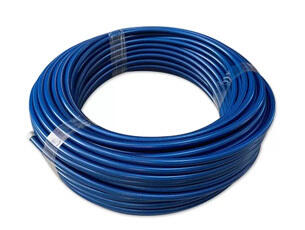
Regarded as the best stainless steel brake lines for cars, Hengshui BURK's products combine premium materials, precise engineering, and reliable performance. These lines feature a braided stainless steel outer layer with a Teflon inner core, offering minimal expansion, excellent corrosion resistance, and high-temperature tolerance. The best stainless steel brake lines for cars undergo extensive quality control, including pressure testing, flex fatigue testing, and salt spray testing, to ensure they meet the highest industry standards. They are available in vehicle-specific kits for popular car models, ensuring a direct fit and easy installation. Car owners choose these lines for their ability to improve braking feel, reduce fade, and provide long-lasting reliability, making them a top choice for daily drivers, performance cars, and everything in between.

Copyright © 2025 by HENGSHUI BRAKE HOSE MACHINERY CO.,LTD — Privacy Policy